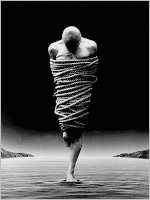free men
فريق العمـــــل *****

التوقيع : 
عدد الرسائل : 1500
الموقع : center d enfer
تاريخ التسجيل : 26/10/2009
وســــــــــام النشــــــــــــــاط : 6
 | |  Verificationism and the Critique of Metaphysics Verificationism and the Critique of Metaphysics | |
 | |
|
